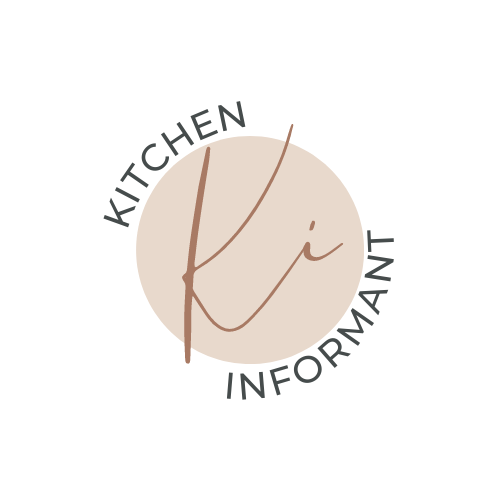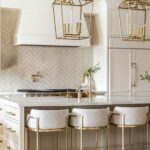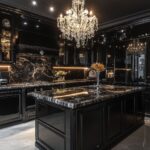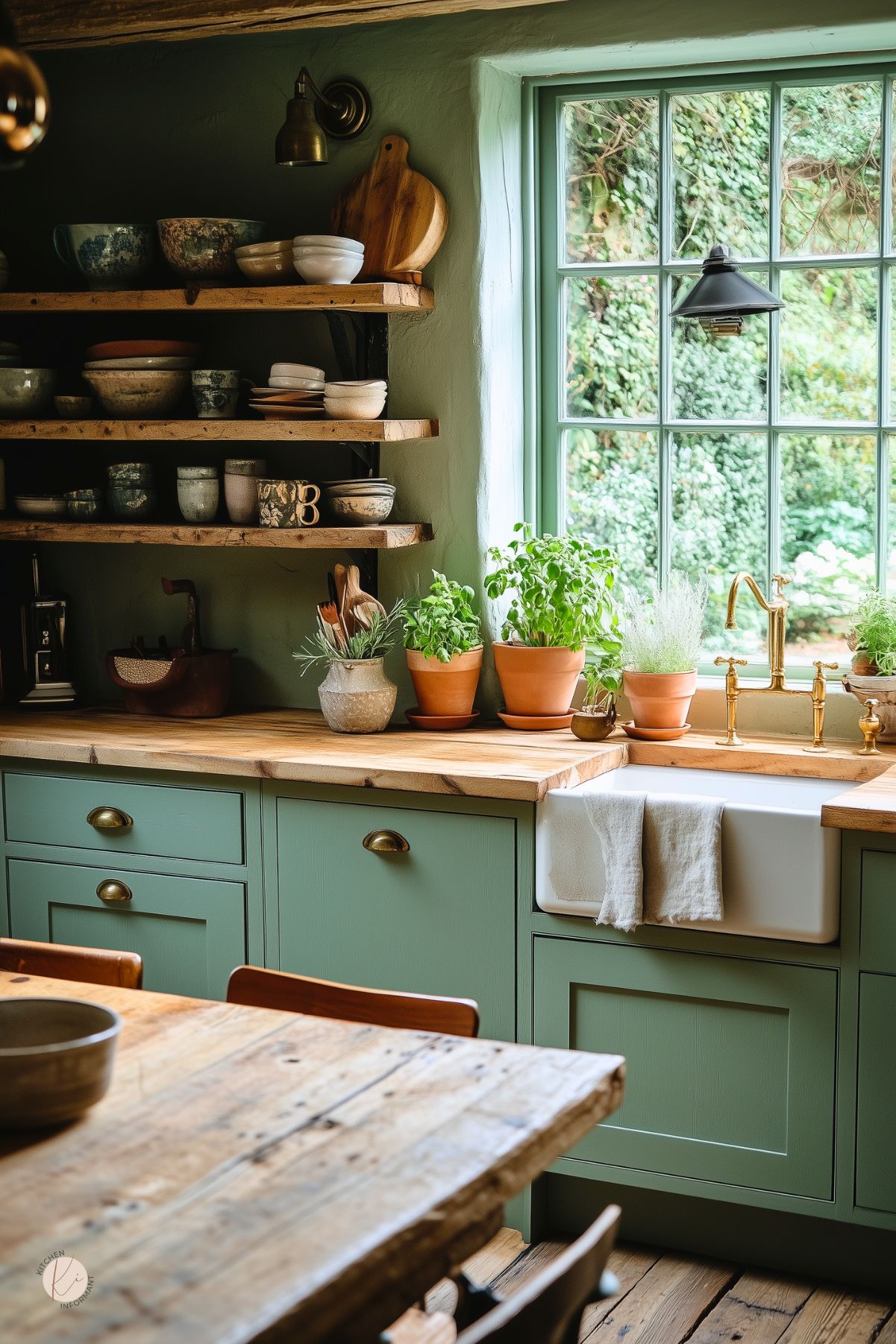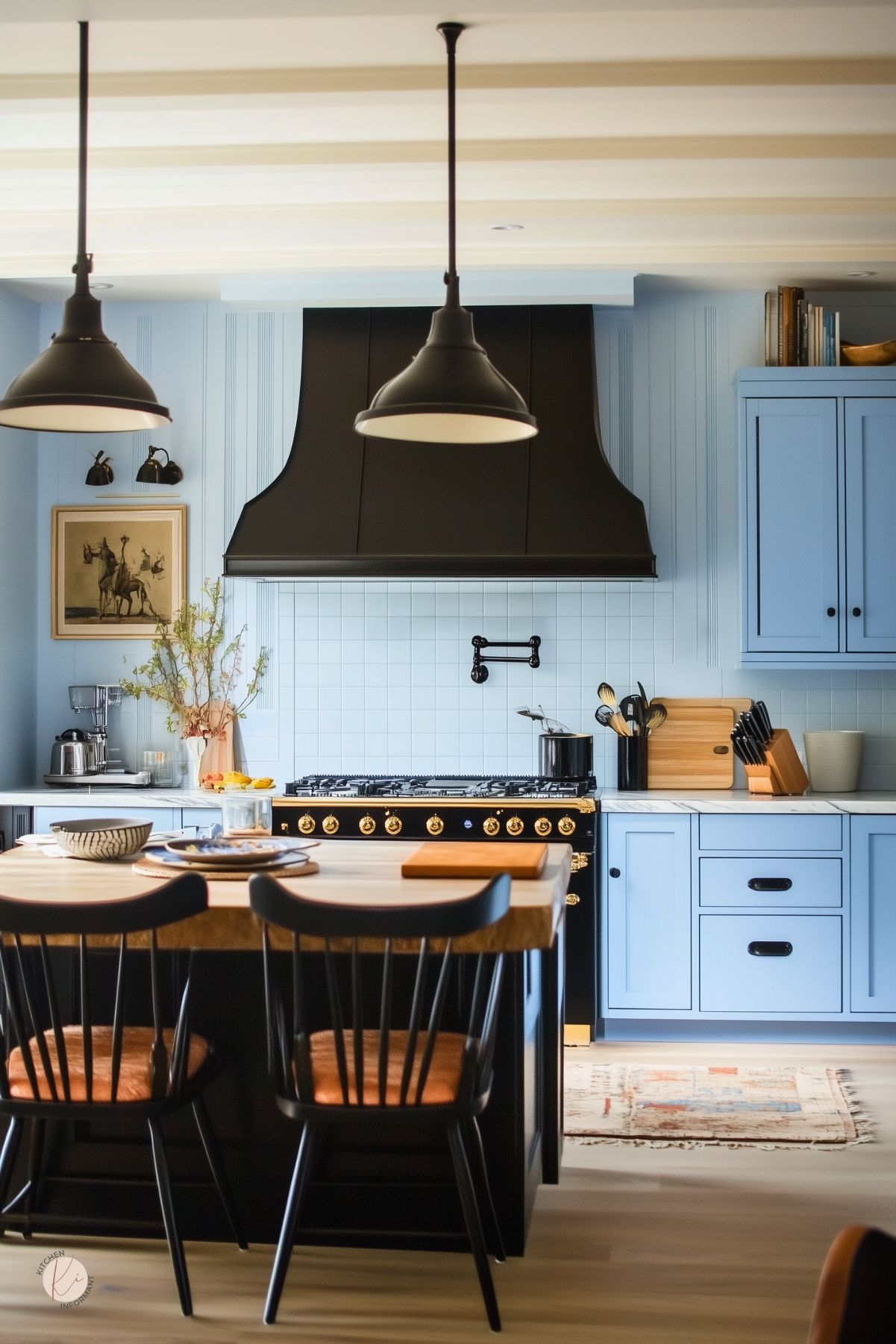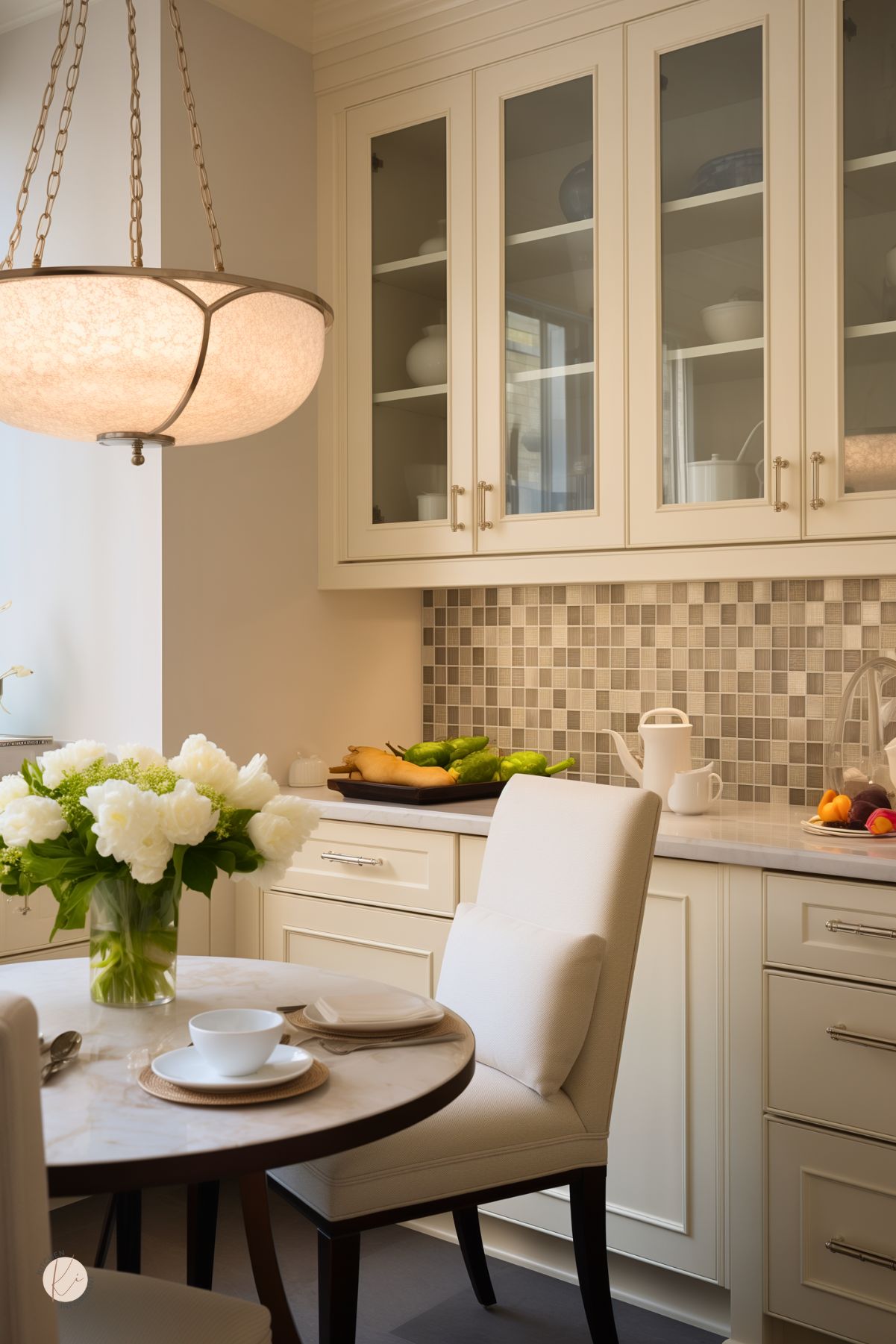Coastal cottage kitchens are a popular design choice for those who want to bring the beachy feel of the coast into their homes.
These kitchens often feature light and airy color palettes, natural materials, and nautical decor.
They are designed to be both functional and inviting, with plenty of space for cooking, entertaining, and relaxing.

One of the key features of coastal cottage kitchens is the use of natural materials.
Wood, wicker, and rattan are often used for countertops, floors, chairs, and storage baskets. These materials give the kitchen a cozy and inviting feel, and help to create a connection to the natural surroundings.
Additionally, many coastal cottage kitchens feature open shelving instead of upper cabinets, which can make the space feel larger and more open.
Another important element of coastal cottage kitchens is the use of nautical decor.
This can include everything from seashell accents to sailboat artwork to rope drawer pulls. These decorative elements help to create a cohesive and beachy feel throughout the space.
Overall, coastal cottage kitchens are a great choice for those who want to bring a relaxing and inviting coastal vibe into their homes.
Designing Your Coastal Cottage Kitchen
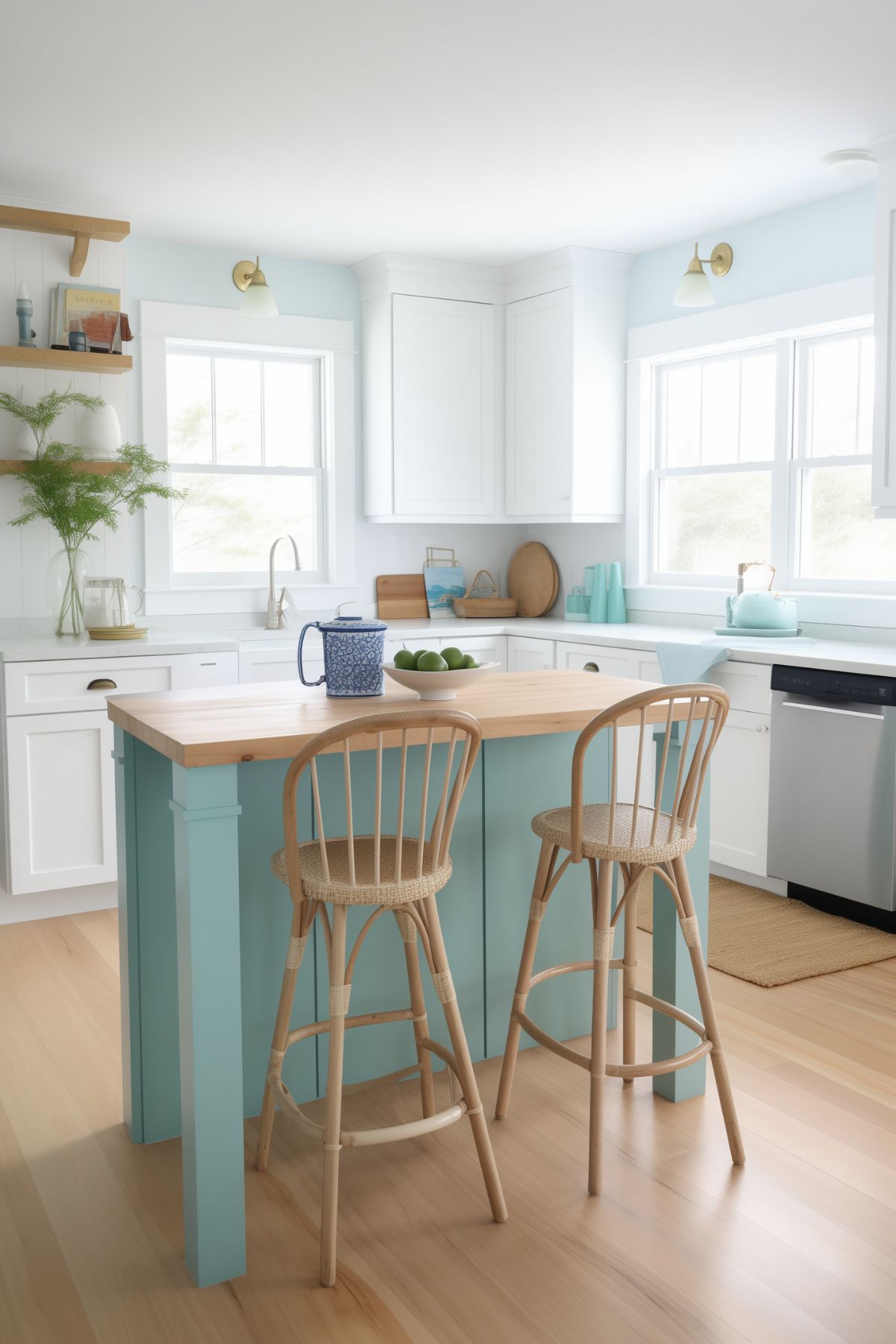
Designing a coastal cottage kitchen requires careful consideration of various design elements.
From choosing the right color palette to selecting cabinetry, countertop materials, and flooring options, each decision plays a crucial role in creating a cohesive and inviting space.
Choosing a Color Palette
When it comes to coastal cottage kitchens, a light and airy color palette is ideal.
Soft blues, greens, and whites are popular choices that reflect the colors of the ocean and beach. Neutral colors like beige, gray, and taupe can also work well, providing a calming backdrop for the space.
Combining these colors with natural wood tones or rattan accents can create a warm and inviting atmosphere.
Selecting Cabinetry
Cabinetry is an essential element of any kitchen design, and coastal cottage kitchens are no exception.
White or light-colored cabinetry can help create a bright and airy feel, while natural wood or painted wood cabinetry can add warmth and texture to the space. Glass-front cabinets can also be a great addition, allowing for the display of beachy decor or colorful dishware.
Countertop Materials
When it comes to countertop materials for coastal cottage kitchens, natural materials like wood and stone are popular choices.
Wooden countertops can add warmth and texture to the space, while stone countertops can provide durability and a classic look. Quartz countertops are also a great option, providing a low-maintenance and durable surface that can mimic the look of natural stone.
Flooring Options
Flooring is another crucial element in coastal cottage kitchen design.
Hardwood floors can add warmth and character to the space, while tile or stone floors can provide durability and a beachy vibe. Patterned or textured tiles can also add visual interest to the space, creating a unique and inviting look.
Functional Layouts for Coastal Kitchens

Coastal cottage kitchens are often designed with functionality in mind. A well-designed kitchen layout can make meal preparation and cooking more efficient and enjoyable.
Here are some considerations to keep in mind when designing a functional layout for your coastal kitchen.
Work Triangle Considerations
The work triangle is a concept that has been around for over 70 years and is still highly utilized in kitchen design today.
It refers to the imaginary triangle that connects the three main work areas in a kitchen: the sink, the stove, and the refrigerator. The goal is to minimize the distance between these areas to make meal preparation and cooking more efficient.
When designing a coastal kitchen, it’s important to consider the work triangle and how it can be optimized for your specific needs.
For example, if you enjoy baking, you may want to place the oven closer to the sink for easy access to water when needed.
Island vs. Peninsula
Another consideration when designing a functional layout for your coastal kitchen is whether to include an island or a peninsula.
Both options can provide additional counter space and storage, but they have different benefits and drawbacks.
An island provides more workspace and can be used for seating and socializing. It can also be a great place to include a sink or cooktop. However, an island can take up a lot of space and may not be practical in smaller kitchens.
A peninsula, on the other hand, is attached to one wall and can provide a more open feel to the kitchen.
It can also be a great place to include a breakfast bar or additional storage. However, it may not provide as much workspace as an island.
Maximizing Storage
Storage is always a consideration when designing a functional kitchen layout. Coastal cottage kitchens often have limited space, so it’s important to maximize storage wherever possible.
One way to do this is to include cabinets that go all the way up to the ceiling. This can provide additional storage space for items that are not used as frequently.
Another option is to include pull-out drawers and shelves to make accessing items easier.
In addition, incorporating a pantry into the kitchen design can provide additional storage space and help keep the kitchen organized. A pantry can be a separate room or a built-in cabinet.
Decorating Your Kitchen
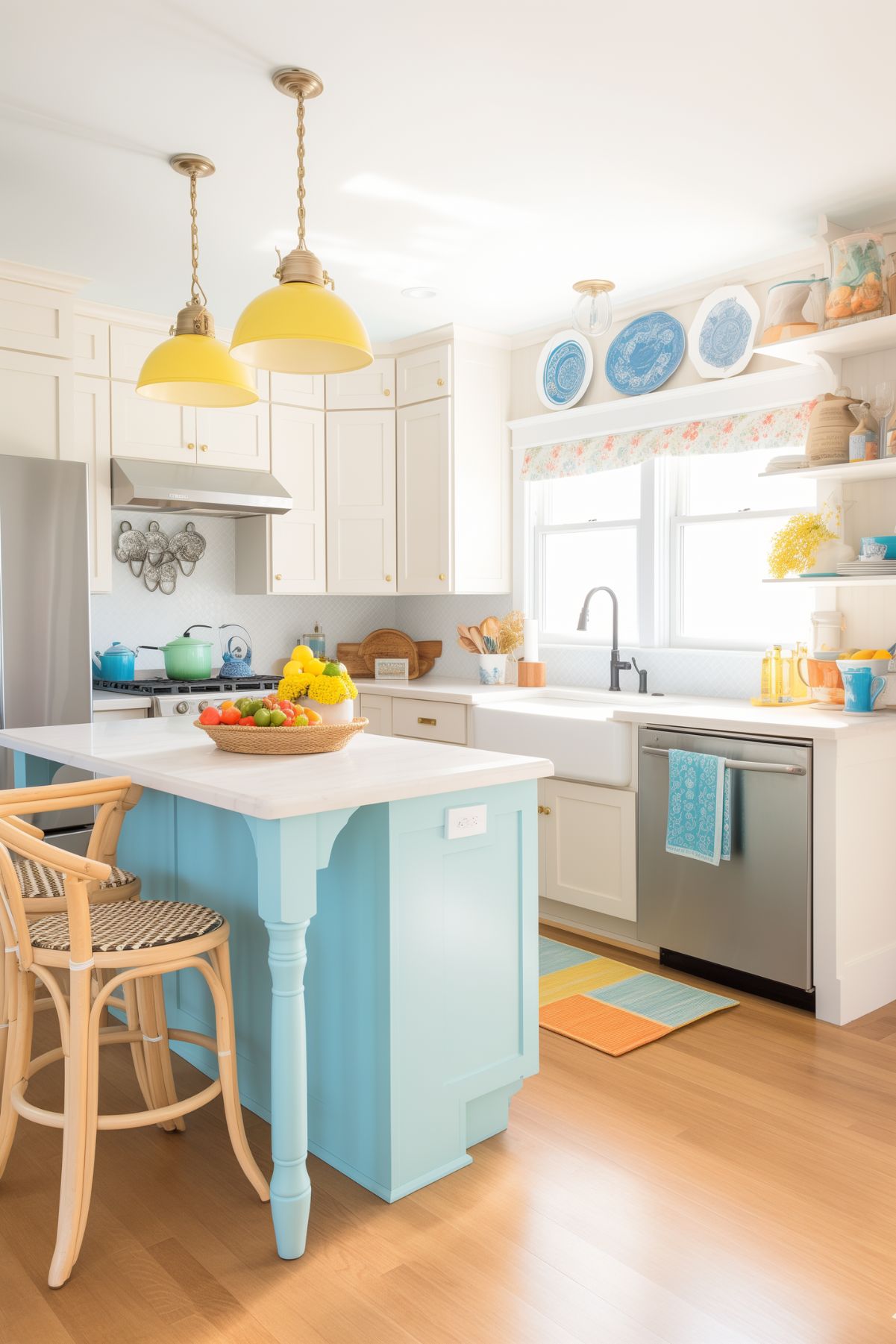
When it comes to decorating a coastal cottage kitchen, there are several elements that can help create the perfect seaside atmosphere.
From lighting fixtures to window treatments, seating, and furniture, and accessorizing with nautical themes, every detail counts.
Lighting Fixtures
Lighting fixtures play a crucial role in any kitchen, and coastal cottage kitchens are no exception.
Opt for fixtures that are both functional and stylish. Pendant lights are a popular choice and can be hung over the kitchen island or sink. For a more rustic look, consider using lantern-style fixtures.
Window Treatments
Window treatments can help bring in natural light and add a touch of elegance to any coastal cottage kitchen.
Sheer curtains or Roman shades in light, airy fabrics can help create a breezy, beachy feel. Additionally, woven bamboo shades or wooden shutters can add a touch of warmth and texture to the space.
Seating and Furniture
When it comes to seating and furniture, choose pieces that are both comfortable and practical.
Wicker or rattan chairs and barstools are a popular choice and can add a touch of natural texture to the space. For a more traditional look, consider using wooden chairs or benches.
Accessorizing with Nautical Themes
Accessorizing with nautical themes is a great way to add personality and charm to your coastal cottage kitchen.
Consider using decorative items such as seashells, starfish, or driftwood to add a touch of the ocean to your space. Additionally, using blue and white striped dishware or table linens can help tie the nautical theme together.
Appliances and Hardware
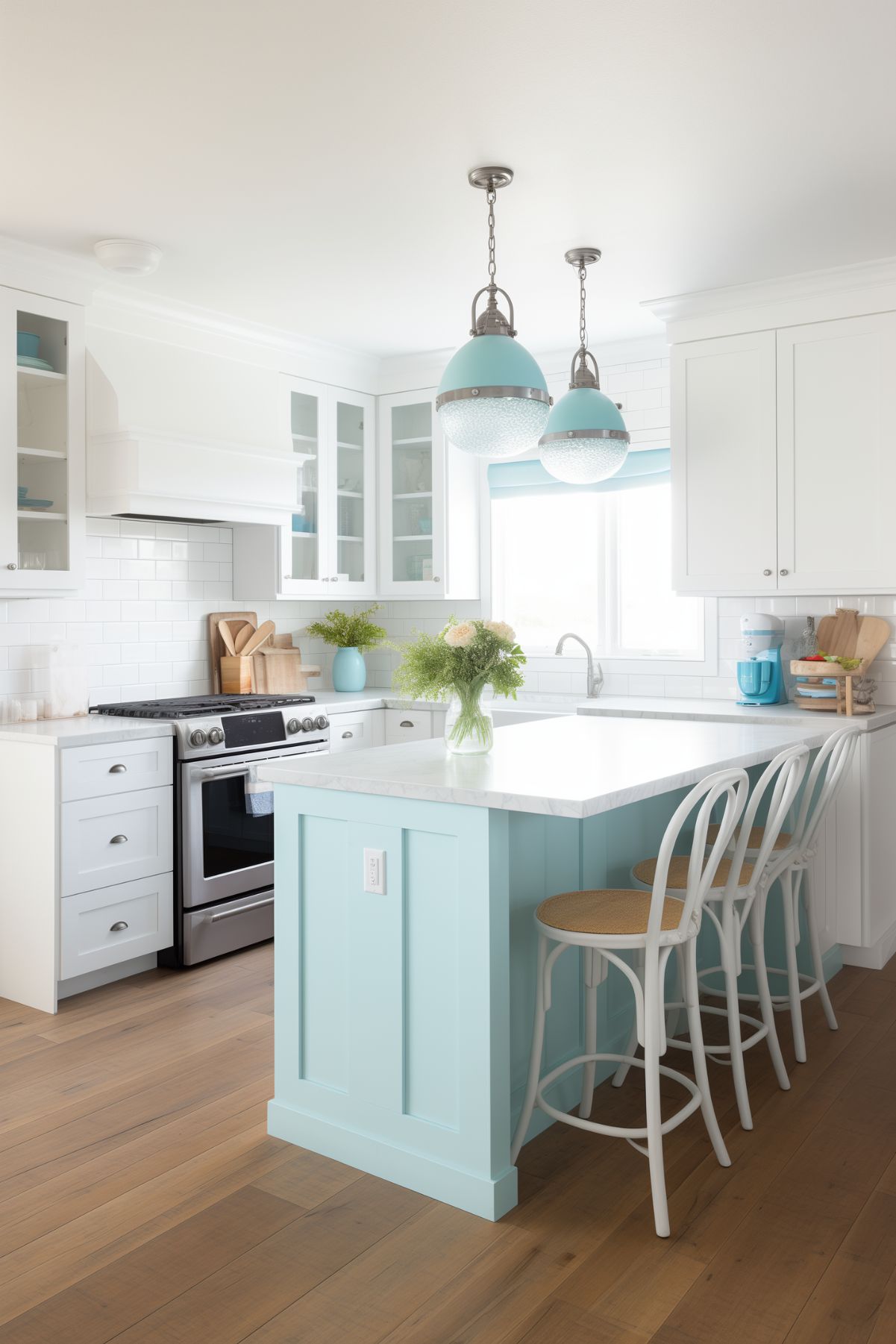
Energy-Efficient Appliances
When it comes to coastal cottage kitchens, energy-efficient appliances are a must-have.
Not only do they help to reduce energy costs, but they also have a positive impact on the environment.
Energy Star-rated appliances can significantly reduce energy consumption and save homeowners money in the long run. Some popular energy-efficient appliances for coastal cottage kitchens include refrigerators, dishwashers, and ovens.
Hardware Finishes
Hardware finishes can make a big difference in the overall look and feel of a coastal cottage kitchen.
Some popular finishes for hardware include brushed nickel, chrome, and oil-rubbed bronze. These finishes can add a touch of elegance and sophistication to the kitchen while still maintaining a coastal vibe.
It’s important to choose hardware finishes that complement the overall design of the kitchen and match the other fixtures in the room.
Sink and Faucet Styles
The sink and faucet are two of the most important fixtures in a coastal cottage kitchen.
Some popular sink styles for coastal kitchens include farmhouse sinks and undermount sinks. These sinks are not only functional but also add a touch of charm and character to the kitchen.
When it comes to faucet styles, there are many options to choose from, including traditional, modern, and industrial.
It’s important to choose a faucet style that complements the overall design of the kitchen and matches the other fixtures in the room.
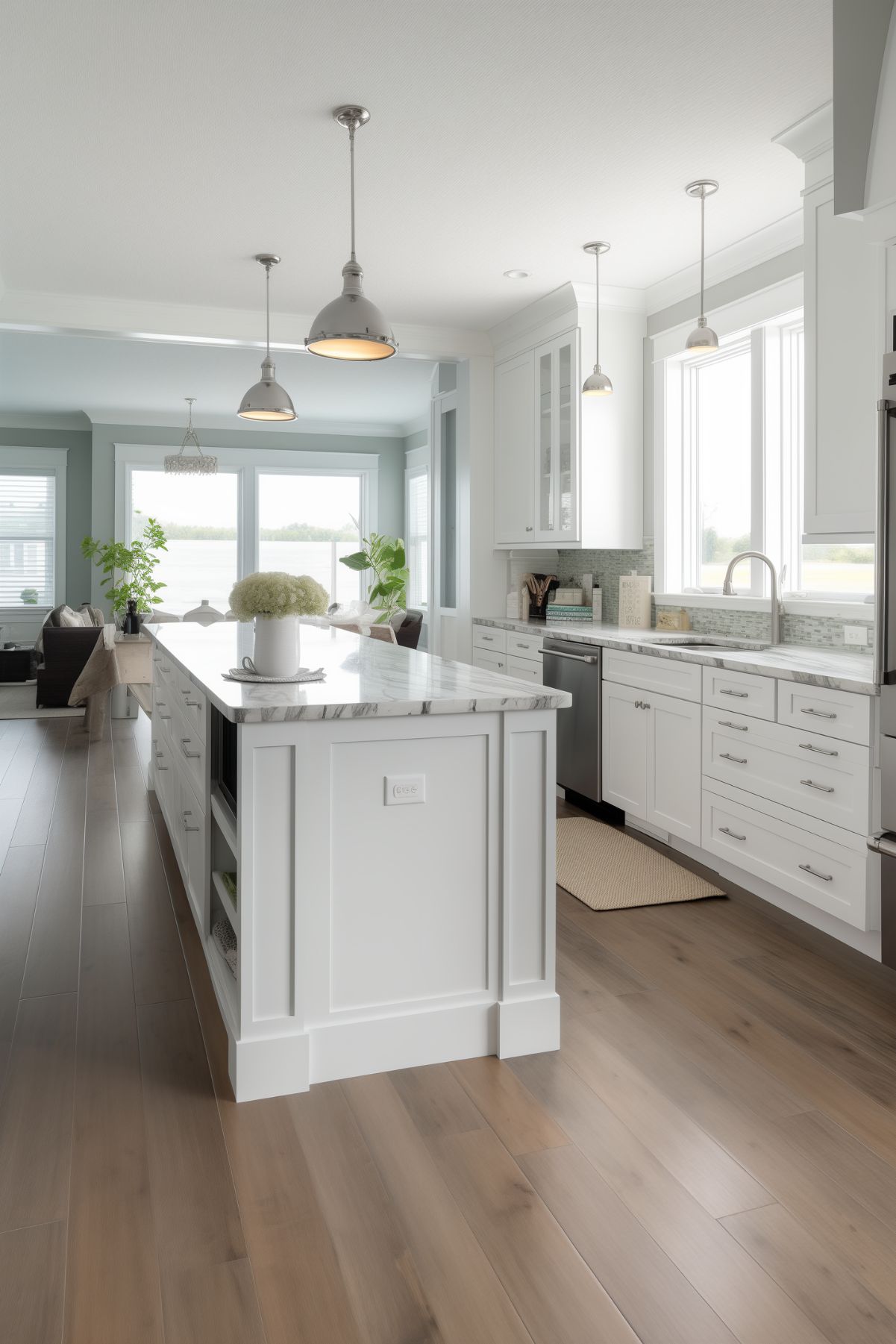
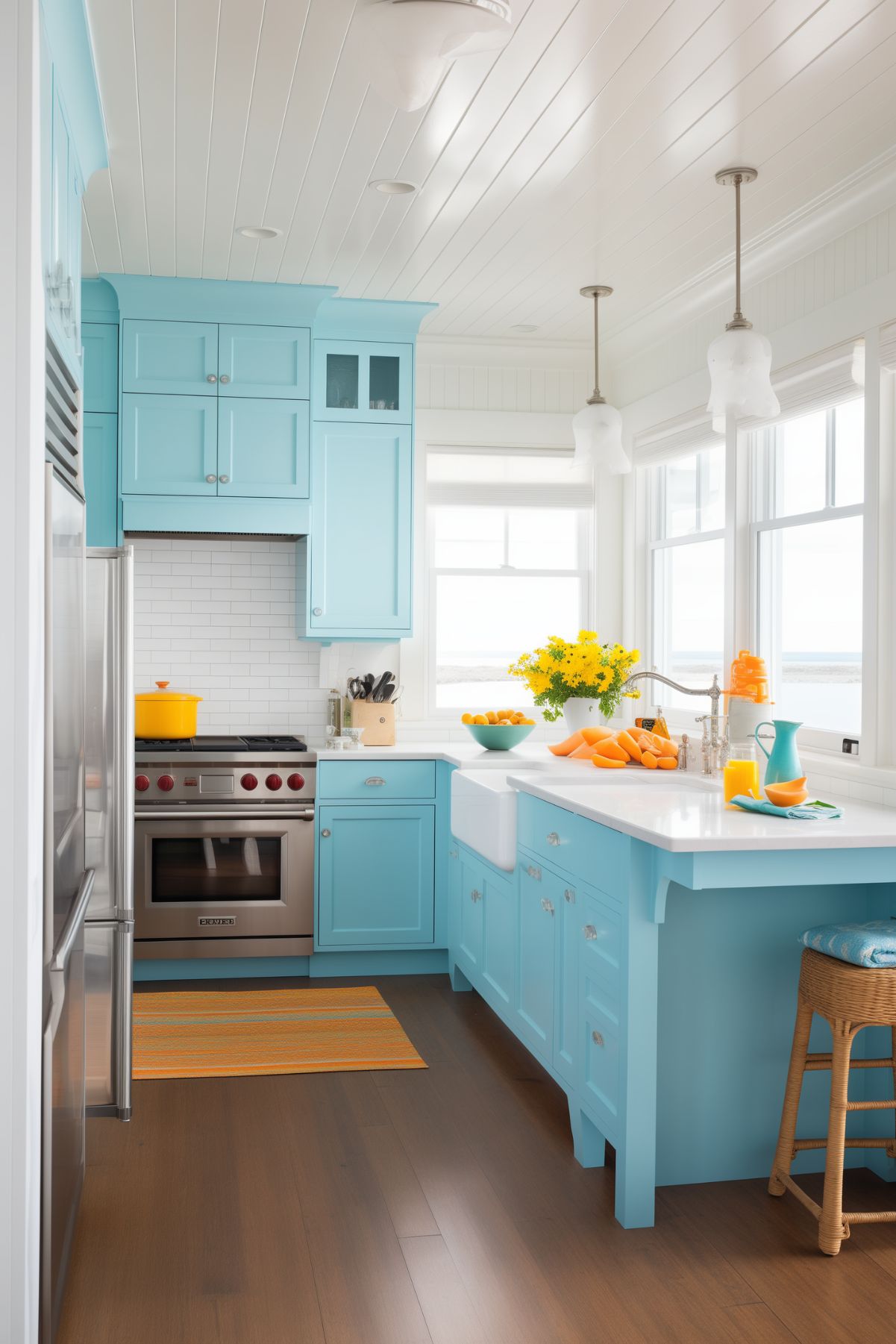
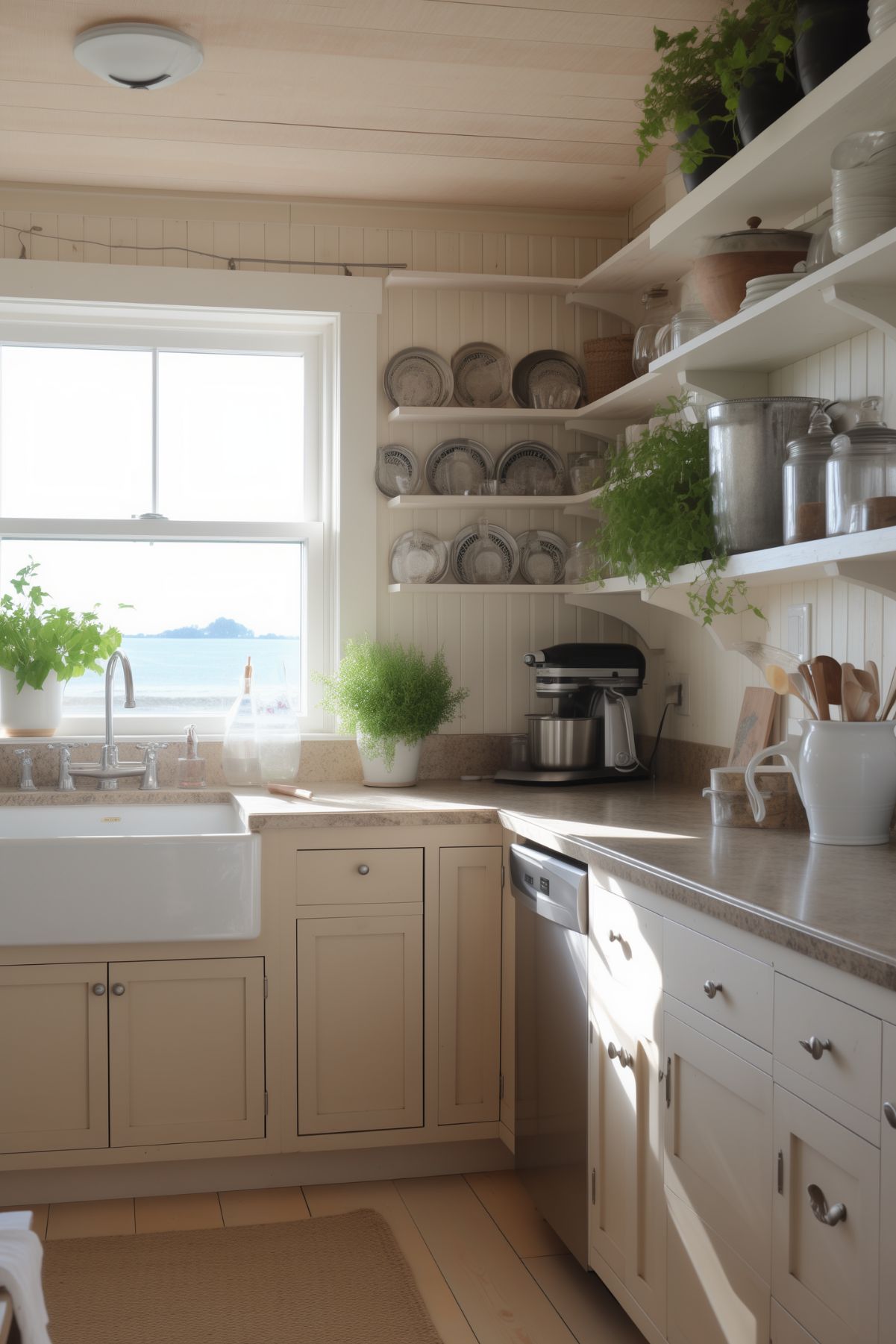
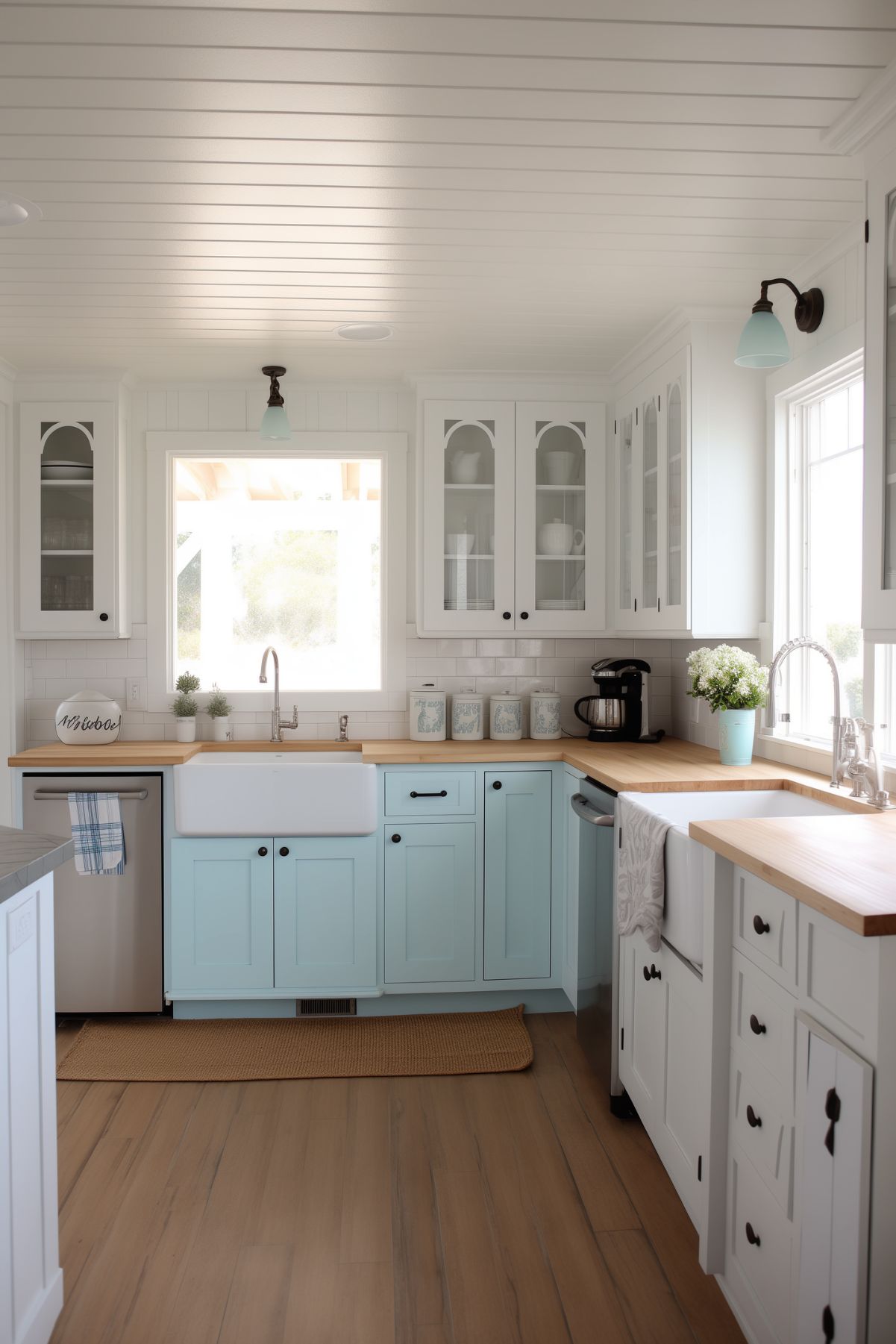
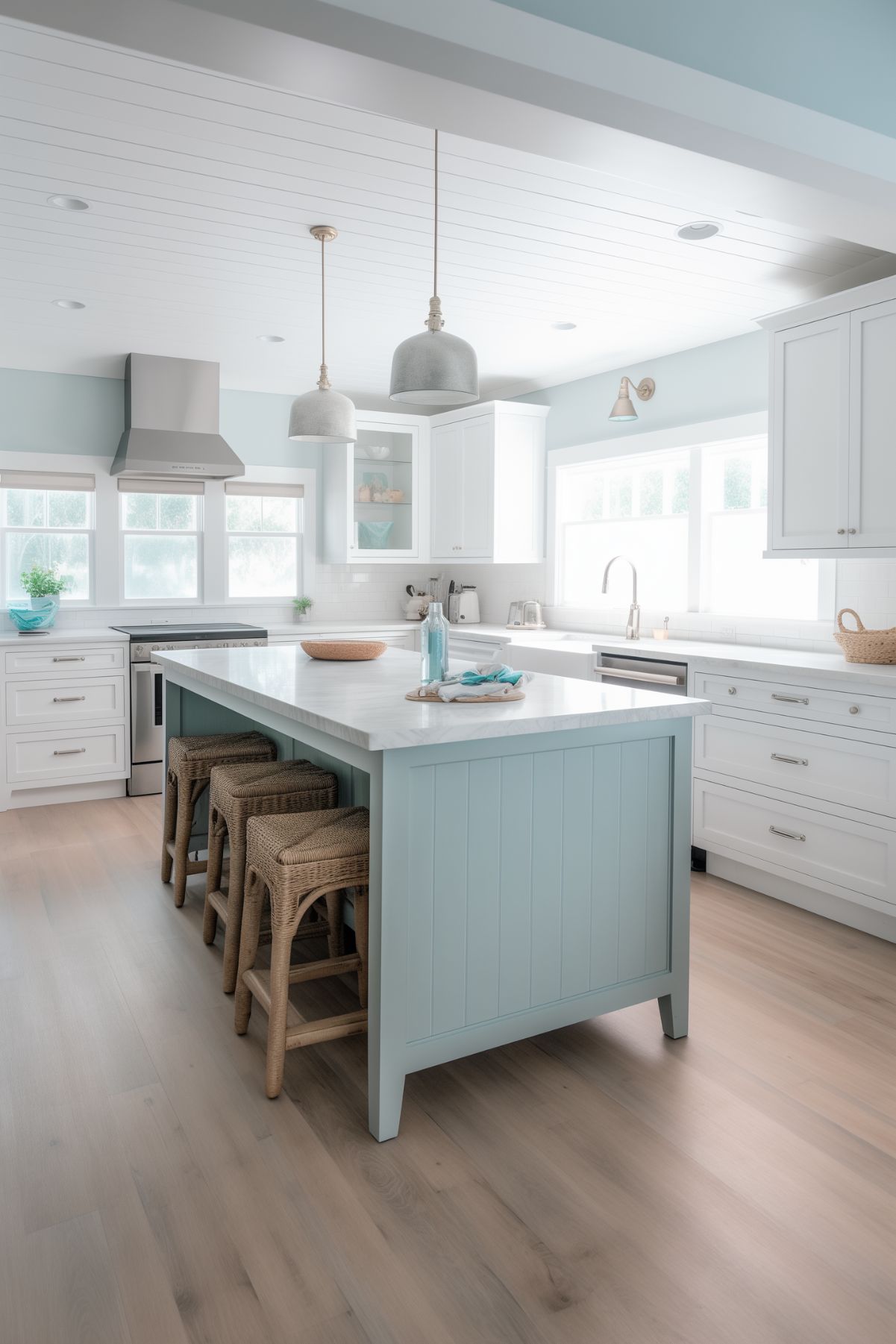
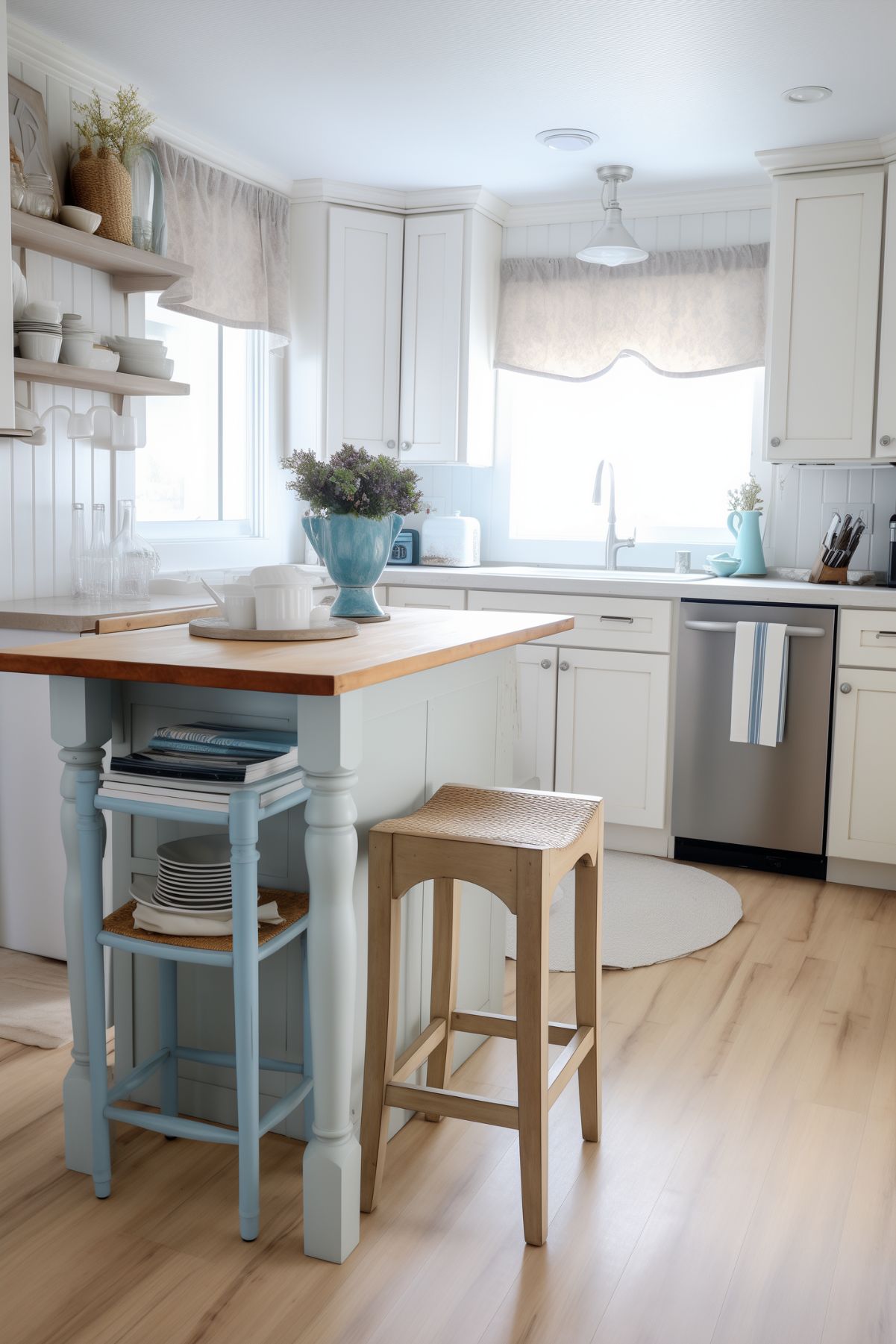
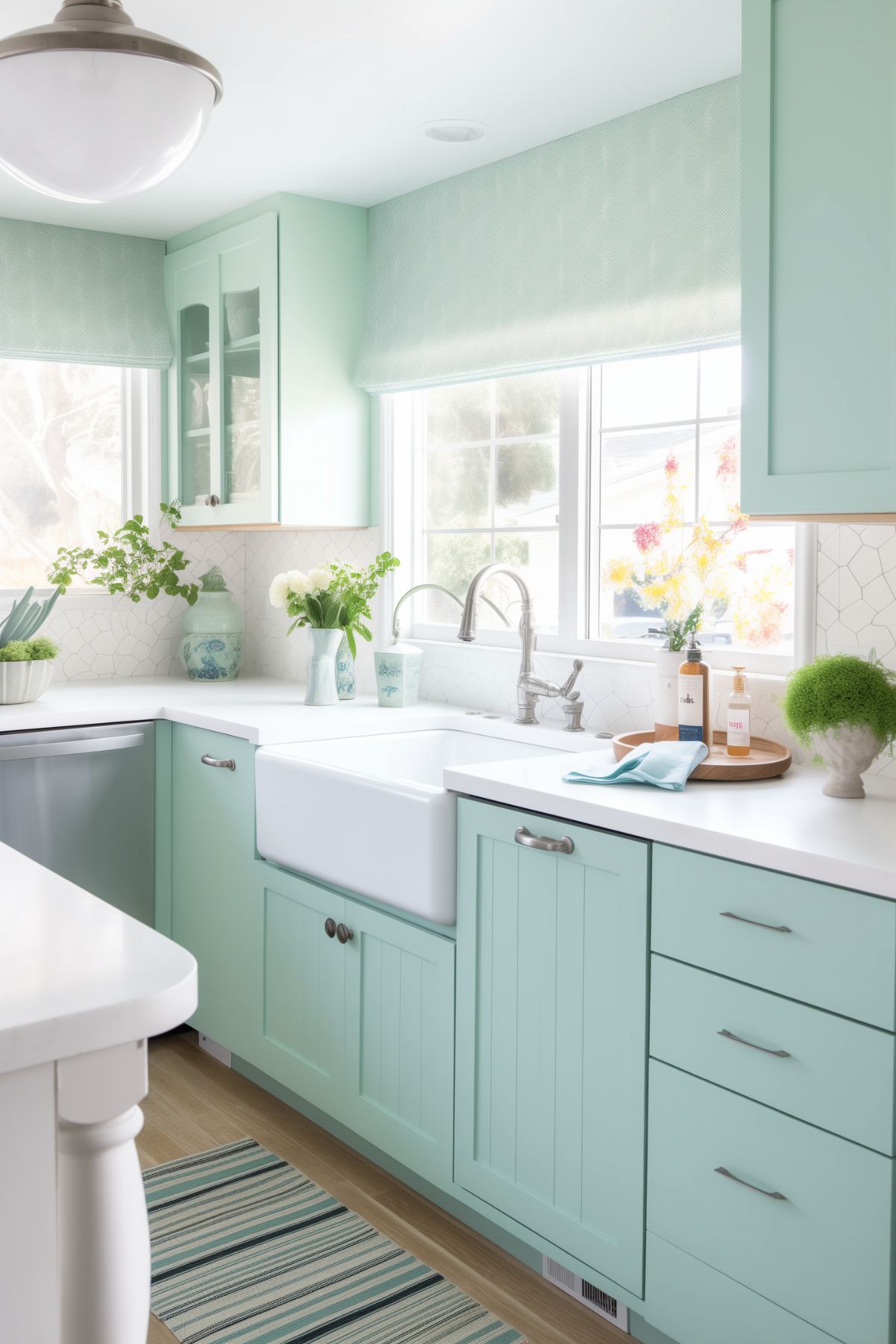
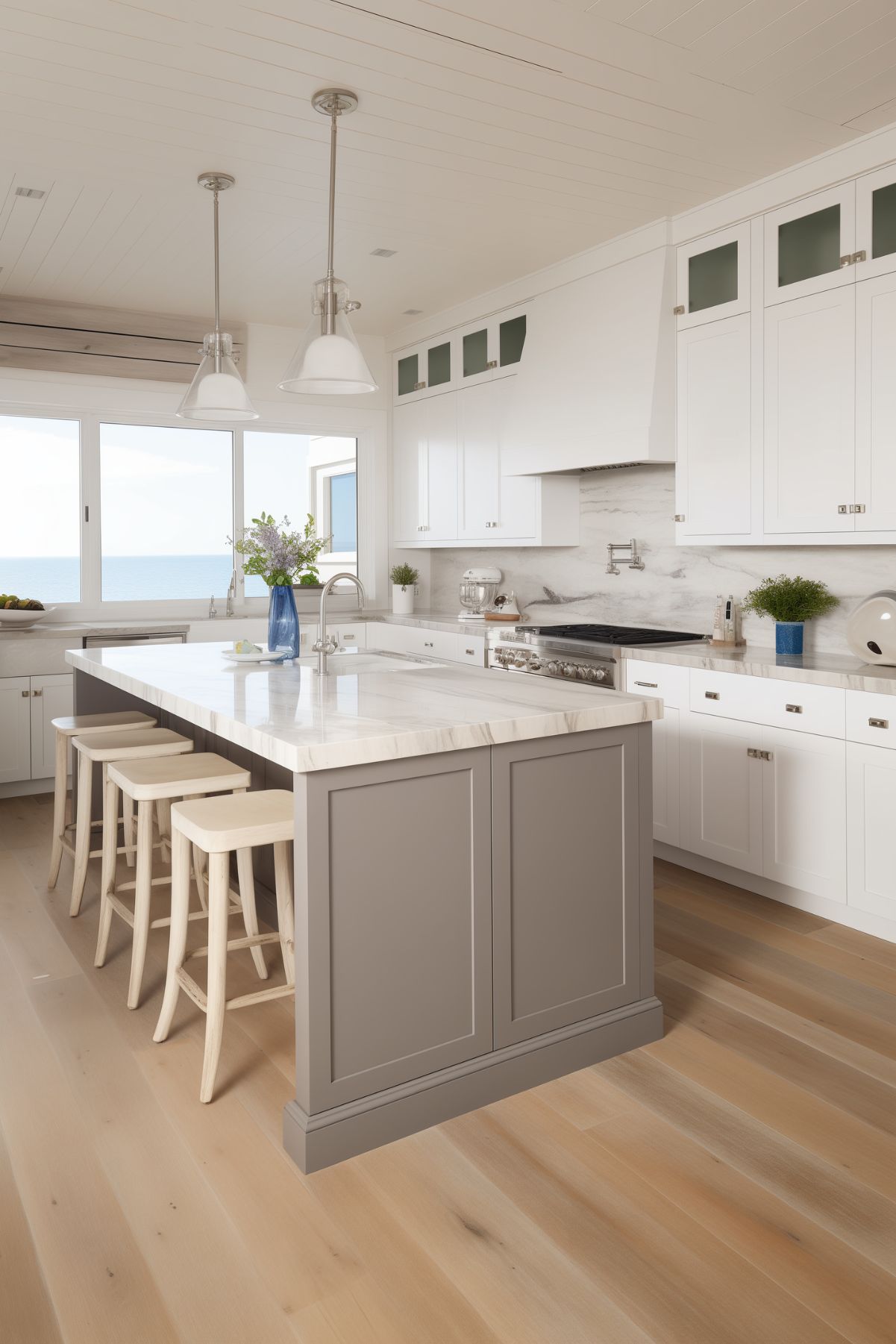
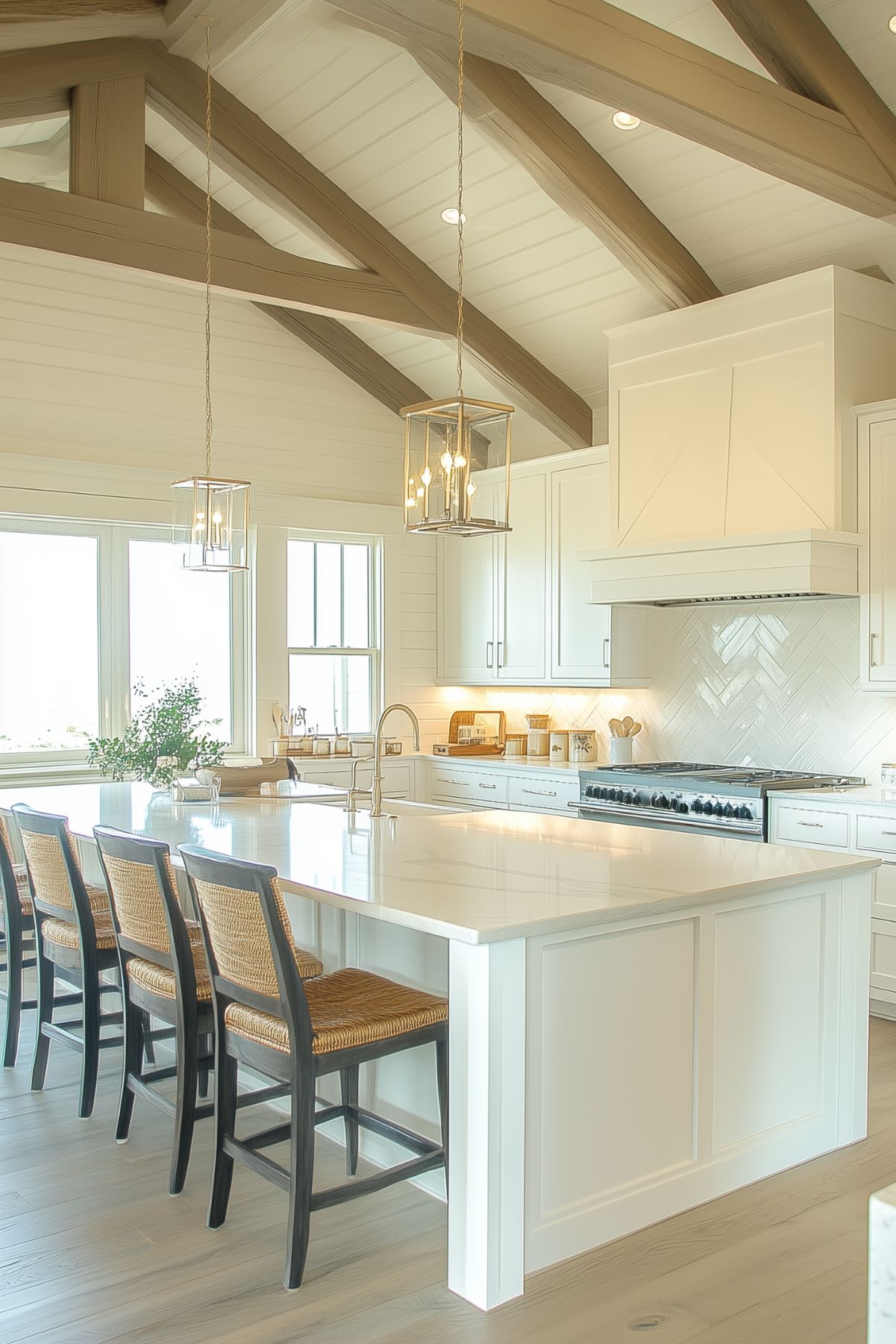
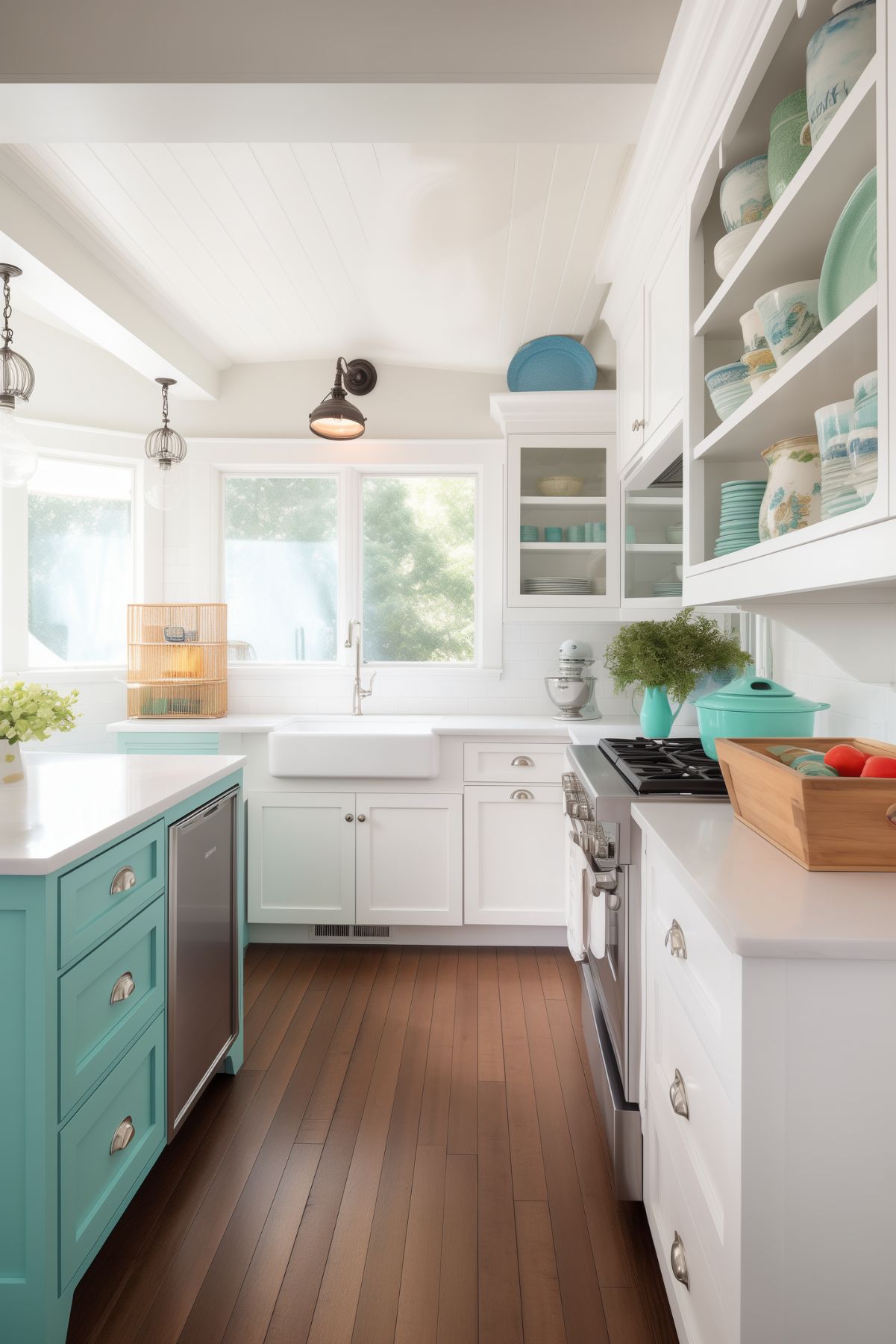
You May Also Like:
